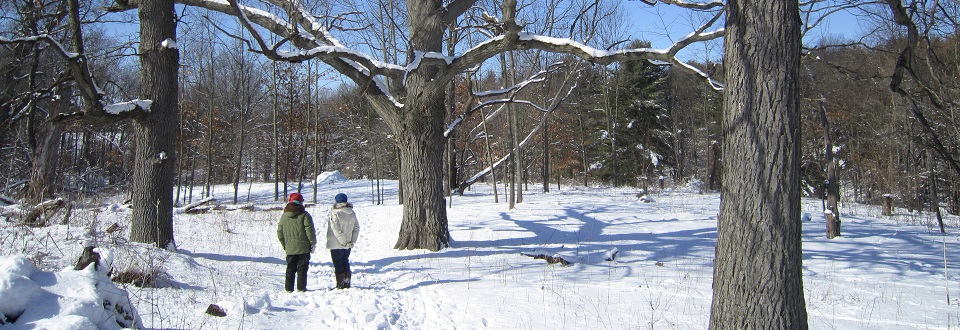
02 Feb All Numbers are GUILTY Until Proven Innocent
We use numbers all the time in our written communications. We depend on them to communicate size and volume – and weight in hopes that they convey importance. Most of the time, however, they simply serve as filler.
- 20,000 volunteer hours
- 500 school kids
- 300-acre farm
- 240-acre woodland or wetland
- 160 new members
- 40% growth
What are we trying to communicate here? The problem gets worse when the numbers have too many significant digits.
- 20,536 volunteer hours
- 507 school kids
- 5-acre farm
- 268-acre woodland or wetland
- 162 new members
- 5% growth
Am I more impressed that the wetland was 268 acres than I would be that it was 168?
The problem with all of these numbers is that numbers are only good for communications when they are compared to other numbers. One group boasted to me that they logged 50,000 volunteer hours last year. I had no context for that. Was that a lot? It turns out that I work with another organization that logged 95,000, so instead of communicating importance, I ended up wondering why they couldn’t do more. 240 acres sounds like a lot, unless you’re in Texas.
Every number has to have a context, and by the time you work through all that, you’ve made the story about the number instead of about the impact.
So go back through your appeal letters, newsletter articles, and Facebook posts and highlight every number. Then ask yourself, “Do I really need that number? Is that number really important to the story?”
Most of them won’t be. Take ‘em out.
Replace the numbers and their context with good stories that illustrate impact instead of trying to quantify it. In other words,
- Don’t tell me how many kids enjoyed trail hikes this summer. Tell me about one kid.
- Don’t tell me about how many farms you have protected. Tell me about one farm and the family whose dream of seeing that land in production forever will now be realized.
- Don’t tell me about how many volunteer hours you logged. Tell me about what it feels like to hike on that new section of trail.
- Don’t tell me about 260 acres of wetlands. Tell me about one frog that has a happy home.
Your writing will be much more powerful, compelling, and persuasive.
Cheers,
-da
* * * * *
Fundraiser’s Almanac
Here’s what I’m thinking about for February. What are YOU thinking about?
- Taking the Time to Write Well – We too often sacrifice quality of writing for quantity and speed. In doing so, communication suffers and we enjoy it less. Email is a burden. Reports are skimmed, if they’re read at all. And everything we produce is high-stress, last minute, eleventh-hour, right before the deadline. We need to anticipate more. Get ahead of the curve. Let our writing steep more. Write in such a way that our audiences will read it. Being more effective communicators.
- Writing Thank You Letters – Write and design your Thank You letters to be “fridge worthy.”
- Writing Renewal Letters – Renewal letters are pretty short and sweet. You should plan an initial letter and up to three follow-up letters spaced about 4-5 weeks apart. Because you know already who should be renewing this year and when, and because you can write letters now that will work as first letters the remainder of the year, you could actually produce all your renewal letters for 2016 right now, and get that part over with. Then set them up by date in a box and put them in the mail during the year when the dates come around.
- Writing Appeal and Recruitment Letters – It’s not too early to start working on ideas for spring and fall appeal content either.
* * * * *
Will I see you at a conference this spring? This spring I’m heading to state conferences in Illinois, Connecticut, Maine, New York, and Pennsylvania. I’m also planning to attend the River Rally in Mobile, Alabama. Will I see you there?
Cheers,
-da
Photo credit: Enjoying Winter at Bow in the Clouds Preserve courtesy of Southwest Michigan Land Conservancy.



Sorry, the comment form is closed at this time.